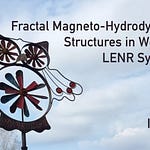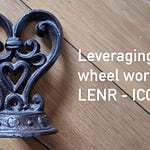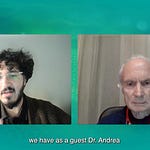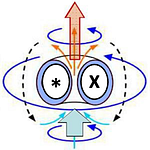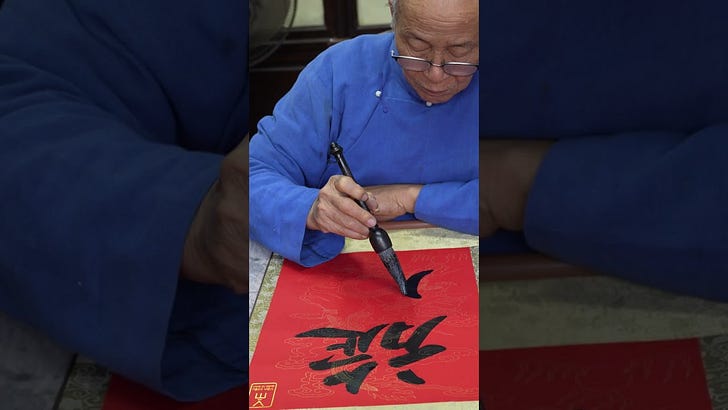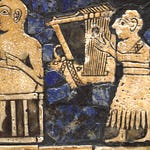This document has been translated and published with a voiceover by Bob Greenyer, with the permission of the author Alexander L. Shishkin and the article is speaking from his perspective having conducted more than 50 years of continual research in this specialist field.
There are many models for the Cold Transformation of Elements (CTE) described in numerous reviews, e.g. in the book "Energy of Rotation" [1]1. The original hypothesis was made by A.F. Kladov [2]2 about the "drop" fusion of nuclei under the action of compression forces from a cavitating bubble. However, drop fusion of nuclei occurs without cavitation as well.
The most plausible model for the cold transformation of nuclei was proposed by A. G. Parkhomov [3, 4]34, stating that the fusion and fission of atoms occurs as a result of weak interactions involving "cold" neutrinos and antineutrinos, for which the energy of about 1 eV is sufficient. This energy corresponds to the energy of an infrared photon. Therefore, the proposed hypothesis reasonably explains the transformation of elements in a gas medium. To explain the transformation of elements in solids, A.G. Parkhomov proposed a model of generation of “cold”neutrinos and antineutrinos “as a result of inelastic collisions of matter particles (electrons, ions, neutral atoms) during their thermal motion.”[3]. He has determined (with some assumptions) that the threshold for thermal generation of neutrino-antineutrino pairs by free electrons in conductors is about 1000ºC. But can the "cold" transformation of elements in dielectrics with a band gap width greater than 6 eV occur?
Answer. Yes, maybe. To clarify this statement, I would like to draw researchers' attention to an important EXPERIMENTAL FACT that few researchers pay attention to. In surrounding space, there is objectively a special kind of matter in the form of charge clusters (according to Ken Shoulders [5]5). The authors [6, 7]67 called these formations "Magneto-Toro-Electric Clusters" (MTECs). These clusters have very important properties:
They have a high penetrating power.
Each cluster contains about 10^11 electrons and up to 10^6 ions, mostly protons.
It has been experimentally established that, when a cluster is unpacked, a significant proportion of the electrons have a kinetic energy of up to 10 keV.
Consequently, in the presence of MTECs there will be no problem in the availability of free electrons, even in dielectrics. Due to the fact that the energy of electrons born by the cluster is large, the synthesis of neutrino-antineutrino pairs will not be a problem either. And, in the presence of a large number of born protons we will have the reactions:
Moreover, according to V.M. Dubovik [6, 7] the cluster consists of background cold neutrinos. One may assume that, together with electrons and protons, "cold" neutrinos may be born from clusters.






